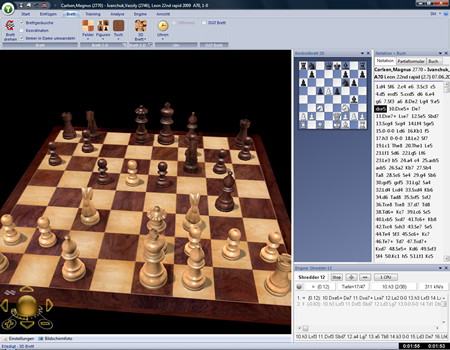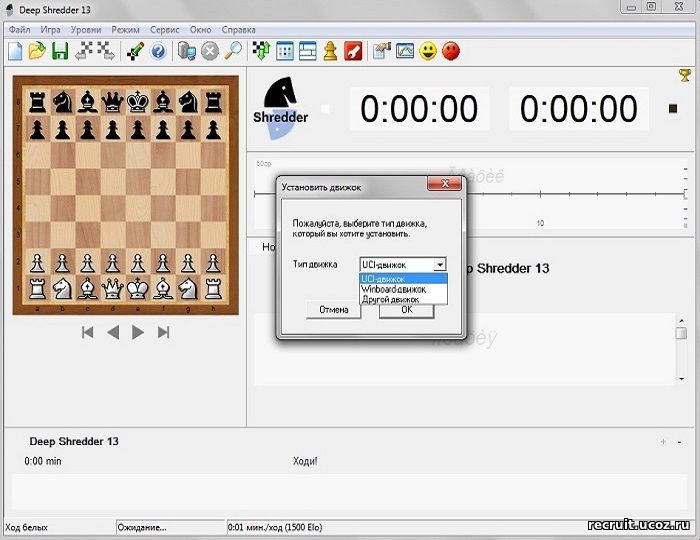
Because engines aren’t perfect, as we will soon see, the idea here would be to solicit multiple opinions and use human judgment to more closely approach the truth. There are others who think it important to consult a few engines in tough positions. Once you know an engine’s weaknesses, you can, in a sense, compensate for them. But it can also ‘cop out’ in very complex positions, returning 0.00 scores that culminate in unnatural perpetuals. Stockfish 8, for example, is excellent in the endgame, particularly when it has access to tablebases. I can see the logic of this, as some engines are better at some things than others. Some, on the basis of this line of thinking, argue that it’s best to stick with one engine, to learn its qualities, its strengths and its biases. Comparative strength of play is important, but it’s also important to settle upon an engine (or two or three) whose analysis you understand and trust. Whether an engine is analytically useful is much more subjective. While the ratings achieved by these engines are impressive – Stockfish approaches 3500 on some lists! – remember that they only measure results in computer-computer play. Deep Shredder 13 (commercial), a new incarnation of a venerable program, is in fourth place on most of the lists above, followed by a slew of less heralded entries like Andscacs, Critter, Equinox, Fizbo, and Gull (all free or open-source) and older favorites like Fritz and Hiarcs (both commercial). A few other engines are worth mentioning beyond these top three. Stockfish also won the year’s preeminent engine competition, the Top Chess Engine Championship (TCEC), soundly defeating Houdini in a 100 game match on very fast hardware, while Houdini won the TCEC Rapid Tournament. Almost all agree that the top three engines are Stockfish 8 (an open-source engine), Komodo 10.3 (commercial), and Houdini 5.01 (commercial), and usually in that order. There are multiple engine ratings lists from reputable testing groups, the most notable lists being those from CCRL, CEGT, IPON and SSDF. So which ones are strongest? Which are best for analysis? The answers to these two questions largely overlap, but it’s worth considering them separately. Dozens of chess engines are available for sale and for free download on the Internet. With the rise of the engines, however, we chess mortals suddenly had unfettered access to Grandmaster-level analysis at the push of a button.

The program allowed users to study much more quickly and efficiently, but they still had to rely on their own calculative skills to make assessments.

When compared with traditional book study, working with ChessBase alone was different only in degree and not in kind. Start your Engines!Įngines are the third leg in the chess technology triad, and in some ways, they are perhaps the most important.

To read John Hartmann's Chess Tech Tips 1-3, visit Part 1 of this article.


 0 kommentar(er)
0 kommentar(er)
